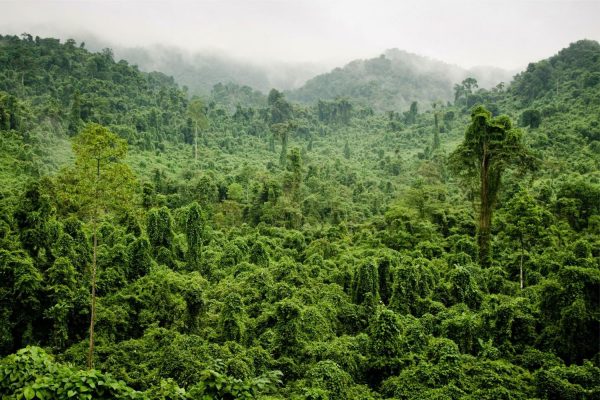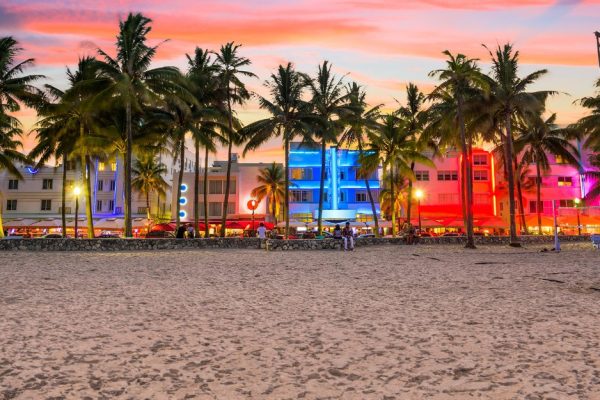The older I grow and continue to thrive in a digitally driven world, the more I realize how far we have moved away from nature. And I have come to believe that if we do not make the effort to connect with our natural environment, we will soon be lost in the maze of machines. Also, it is always better to do a digital detox once in a while by absorbing the raw nature. And that is where I find ecotourism to be a real therapy, like one of my recent solo trips to the Nallamala Forest.
Reaching Nallamala
I availed a licensed and top-rated Hyderabad car rental and headed out on NH 765. The route passes through the towns of Kothur, Kadthal, Amangal and the Dindi reservoir, all the way to Mannanur. It was quite a smooth drive all the way and I made my first major stop in Mannanur. Although I couldn’t call this a tourist destination, it was where most travelers stopped for tea and coffee break and stock up food for the road ahead. Also, this town served as an entry point into the Nallamala Hills. There was an unassuming Environment Education Center where people stopped by information about the forest and the tribes that live there and guidelines to be followed while exploring their lands. I also had to stop at the Forest Department office to get a permit for trekking and camping. Even though I didn’t know for sure if I would go for an aimless trek, it was better to be prepared.
The forests are a part of the Nallamala Hills, covering more than one-third of the total area of 9000 sq. km. of the hills. I had booked a jungle camp at the southern edge of the forests in Pacherla. The Nallamali Jungle Camps had small wooden cottages spread across a gated area. Built with mud and brick walls and tinned roof, they were as rustic as it could get. With thick shades of Sal, teak, bamboo, and sandalwood, the forest interiors were far cooler and one could easily stay without air-conditioning or even a fan. The camps offered everything that a traveler could ask for- healthy meals with locally-grown produce, well-kept rooms, and the added service of a jungle safari. Once I reached, I ensured to switch off all my devices and live like they would before these smart gadgets were invented.
A tour of the wilderness
Waking up to the chirping of birds and not to my cellphone alarm was indeed refreshing. After tea and breakfast, our safari began.
The Jeep with five more travelers started snaking through the narrow forest trails. It was like a maze. As far as my sight reached, the thick clusters of trees stretched on for miles and didn’t seem to end. Our safari guide explained that the jungle was inhabited by the Chechu tribe, indigenous to the region. To interact with the people and learn about their culture, the camp also organized a tribal village tour for the next day.
We were also told that the famous Srisailam Tiger Reserve occupied a large part of the Nallamala Forest. Leopards and wild boars tend to roam around freely, often trespassing into the tribal villages. With so much activity and noise from vehicles and tourists, I wasn’t expecting any animals to turn up. But then I suddenly noticed a mother leopard with a few cubs climbing up a tree branch in the distance. And as my co-passengers cheered, the poor animals ran away. On the two-hour safari, I learned about the variety of trees and specialty herbs that only grew in these dense forests and were of high commercial value. I also spotted a few birds
Meeting the tribes
The next day, the camp organized a tour to the nearby village of the Chechu tribe. This tribal community has been living in these forests for many generations. They would guard the trails and the hills, gather produce from the woods and hunt. But as tourism developed and the commercial population encroached upon their lands, these tribal families had ever since resorted to agriculture and cattle rearing, but still, manage to live around the fringes of the forest. Most of the product like gum, honey, tamarind, Shikakai, and other common herbs, were sold to cottage industries and provided economic support to the tribes. These people were known to be great archers and some of them still practice the skill by offering hands-on training to tourists or those keen on learning about their community.
They lived in mud houses with thatched roofs and fed on millets, jungle fowl, and whatever they could grow on their own lands. Their simplistic lifestyle did seem far, far away from us, but reminded me of where we had once come from.
Pro tips
- For those traveling directly from Hyderabad airport, you can book a cheap airport cab in Hyderabad.
- You can also do a trek to Srisailam in the north or visit the Mallela Theertham and Uma Maheshwaram in the southern parts of the forest.





